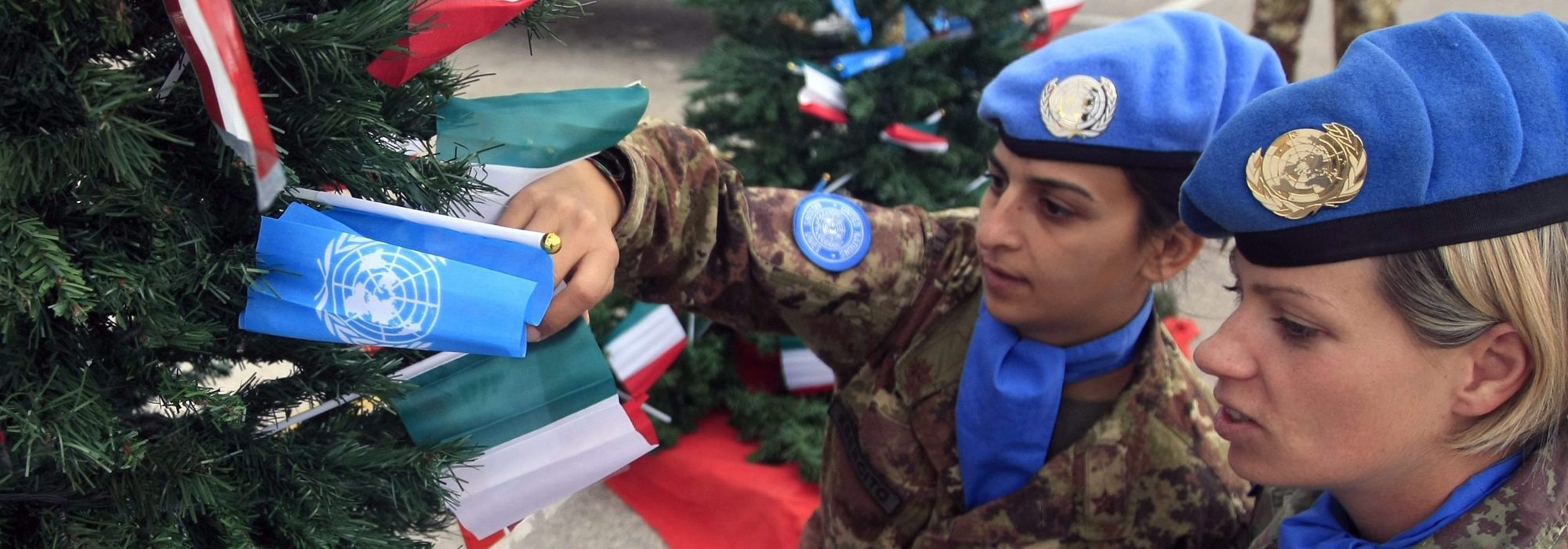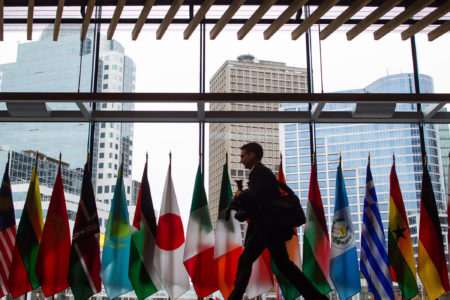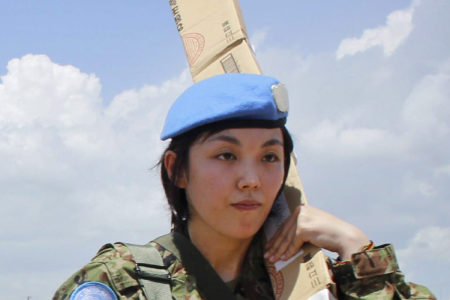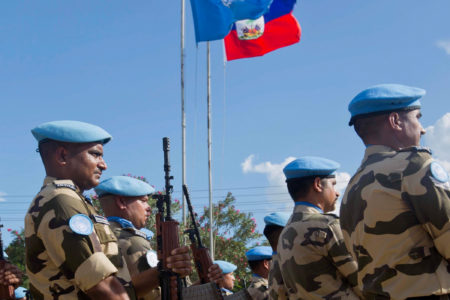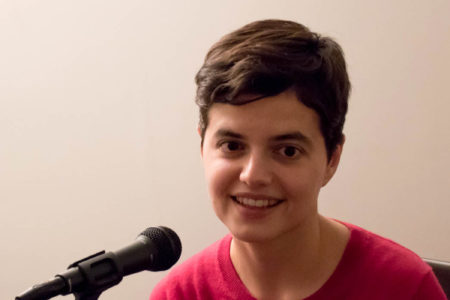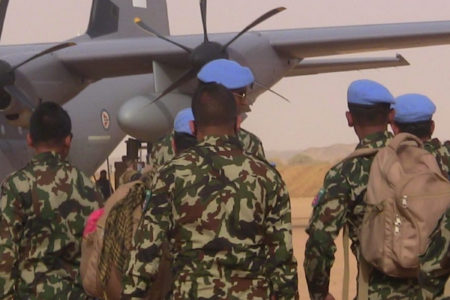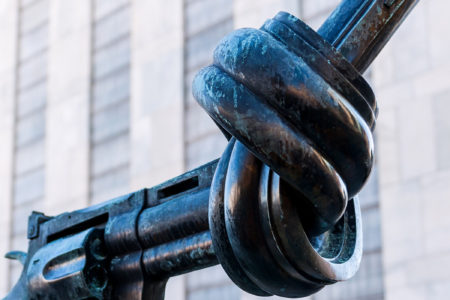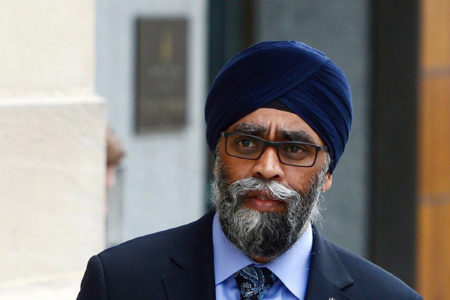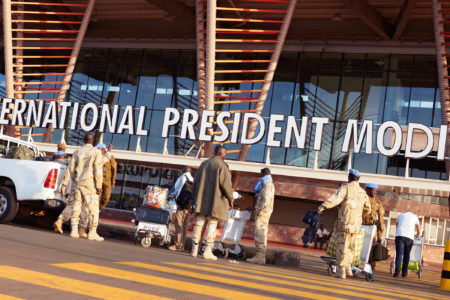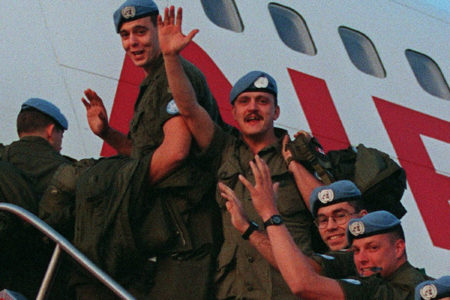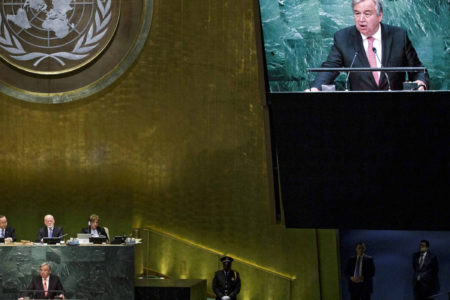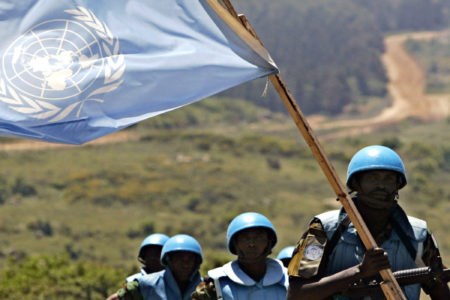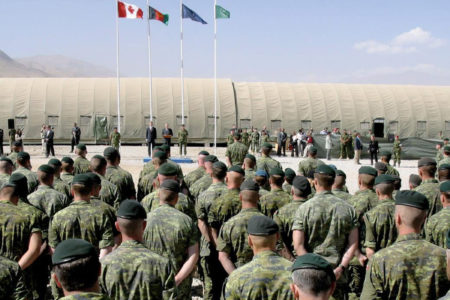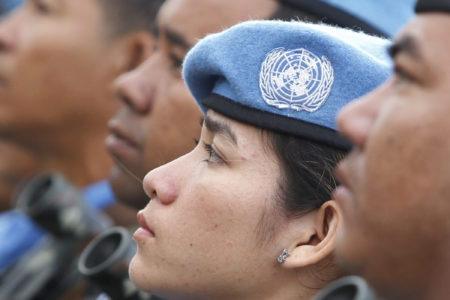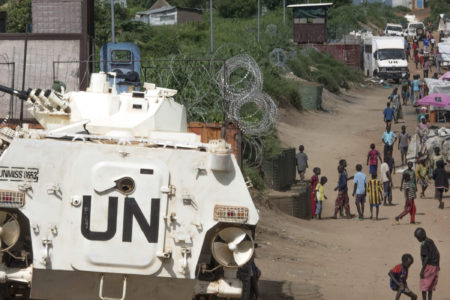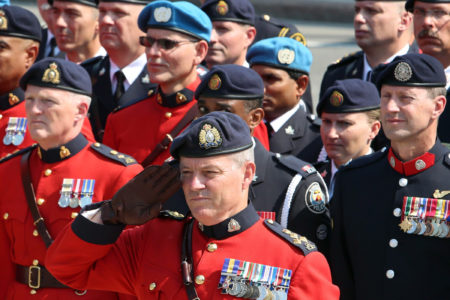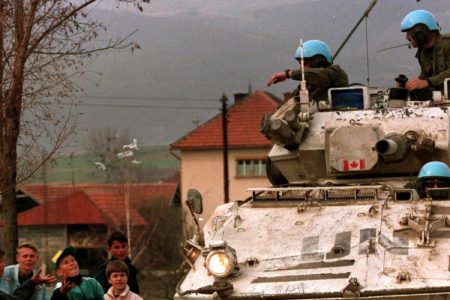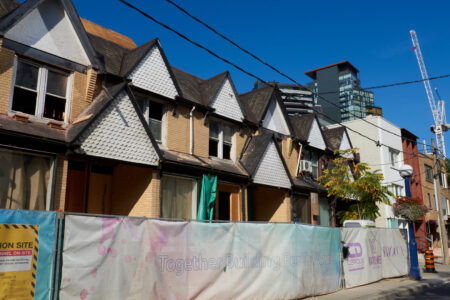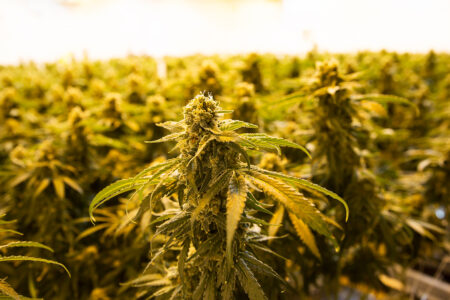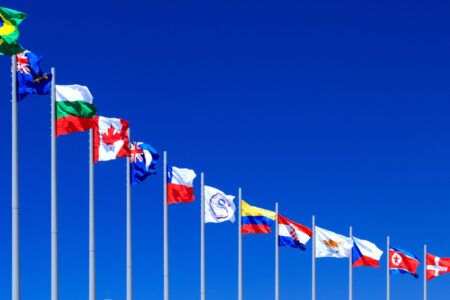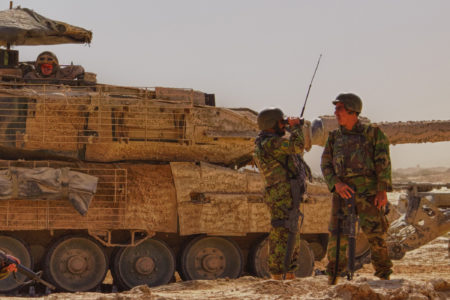
It’s been 60 years since Lester B. Pearson won the Nobel Peace Prize for his work during the Suez crisis and for establishing the world’s first peacekeeping operation. The image of the global peacekeeper is now woven into the Canadian identity, and it is a continuing source of national pride. Yet peacekeeping has changed dramatically over the years ─ as has Canadian influence among those donning blue helmets. Today’s peacekeepers come predominantly from the developing world, and they are often drawn in to the use of force. Moreover, Canada’s contribution of personnel to missions is at an all-time low.
As delegates from around the world are about to converge on Vancouver for the 2017 UN Peacekeeping Defence Ministerial, Policy Options will share expert analysis on such questions as the shape of modern peacekeeping, how Canada can best contribute to international missions, and the representation of women in operations.
Photo: Italian UN peacekeepers decorate a Christmas tree with Lebanese, UN and Italian flags, at their base in the southern village of Chamaa, Lebanon, in December 2016. (AP Photo/Mohammed Zaatari).




